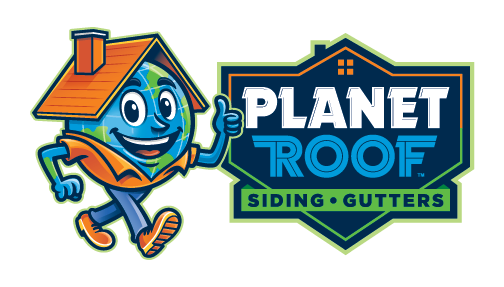In the realm of roofing solutions, the temptation to opt for a quick fix by adding a second layer of shingles to an existing roof is understandable. However, this seemingly cost-effective solution harbors hidden risks and complications that homeowners must be aware of. This article delves into the myriad of issues associated with double-layered shingle roofs, offering insights into why a single, well-installed layer is paramount for the longevity and integrity of your roofing system.
Permit and Building Code Complications
Before embarking on any roofing project, it’s crucial to navigate the maze of local building codes and permit requirements. Many municipalities have strict regulations regarding the addition of a second layer of shingles, primarily due to concerns over structural integrity and safety. Ignoring these regulations can result in hefty fines and legal hurdles, emphasizing the importance of compliance and due diligence.
Warranty and Insurance Challenges
The allure of saving on immediate costs can quickly fade when considering the long-term implications on material warranties and insurance claims. Roofing material manufacturers typically stipulate that shingles must be installed on a clean, properly prepared surface to maintain warranty coverage. A second layer of shingles compromises this condition, potentially voiding warranties and leaving homeowners exposed to significant financial risks. Similarly, insurance companies often reject claims for roofs with double shingle layers, citing non-compliance with industry standards and increased susceptibility to damage.
Structural and Moisture Concerns
Adding a second layer of shingles introduces unnecessary weight on a roof’s structure, which can lead to sagging and eventual failure. This risk is compounded by the potential for trapped moisture between the layers, fostering an environment ripe for leaks, rot, and mold growth. Such moisture-related issues not only threaten the roof’s structural integrity but can also lead to costly repairs and health hazards within the home.
Energy Efficiency and Ventilation Setbacks
Efficient insulation and ventilation are key to maintaining a comfortable, energy-efficient home. A double-layered shingle roof hinders these aspects by impeding proper airflow and trapping heat. The result is an increase in energy costs and potential for uneven indoor temperatures, undermining efforts to achieve a sustainable, cost-effective living environment.
Pest Infestations and Fire Risks
The deteriorating condition of a roof with two layers of shingles can create entry points for pests, leading to infestations that are difficult and expensive to eradicate. Additionally, the accumulation of flammable materials in a compacted roofing structure elevates the risk of fire, posing a significant safety concern.
Repair and Replacement Difficulties
Routine maintenance and necessary repairs become more challenging and costly with a double-layered shingle roof. When the time comes for a roof replacement, the removal of multiple layers is labor-intensive and expensive, further highlighting the impracticality of this approach.
In light of these considerations, it’s evident that the perceived benefits of adding a second layer of shingles are outweighed by the long-term risks and costs. For homeowners in Mcmurray, PA, seeking a reliable roofing solution, Planet Roof stands ready to provide expert guidance and high-quality, single-layer installations that ensure the safety, efficiency, and durability of your roof.
Conclusion
Choosing the right roofing solution is critical for the longevity and performance of your home. While the idea of adding a second layer of shingles may seem appealing for its immediate cost savings, the long-term implications on structural integrity, warranty and insurance validity, and overall home efficiency make it a risky proposition. Opting for a single, professionally installed layer of shingles ensures a durable, efficient, and safe roofing system that stands the test of time.


